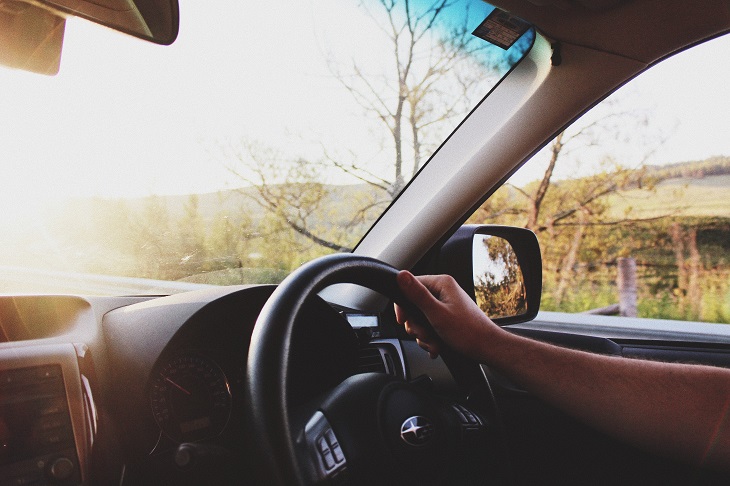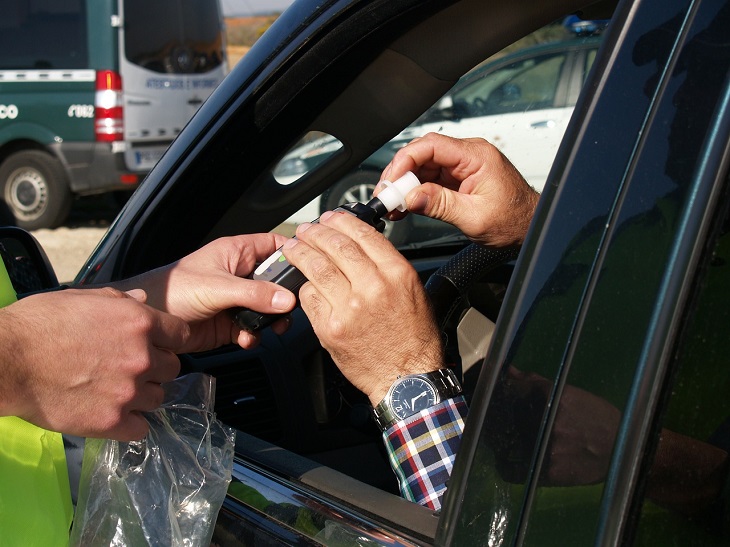As a driver, it is your responsibility to make smart and safe decisions every time you get behind the wheel. You follow the rules of the road such as the speed limit, parking restrictions, and so on, so what about when it comes to alcohol and driving? There are many laws in place that you should be following anytime you imbibe alcohol (or other substances that might affect your driving abilities). Here’s a rundown of what you need to know to stay safe.
Is it illegal to drive with any alcohol in your system?
In most states, you are permitted to drive with alcohol in your system if it’s at a very low level. However, if you are acting impaired or are making poor decisions behind the wheel, you can still be penalized even if you’re under the legal limit.
Many states have Driving Under the Influence (DUI) or Driving While Intoxicated (DWI) laws that help law enforcement and prosecutors determine whether you were unable to operate a vehicle safely because of alcohol intake. This especially comes into play if you’re involved in an accident where someone has been injured or killed.
Is drunk driving illegal in all 50 states?
At this time, it is illegal to drive with a blood alcohol concentration (BAC) of 0.08% or higher in all 50 states. In order to avoid fines or jail time, you must have a lower BAC when you’re tested (either in the field or at a police station). At a 0.08% level, drivers are so impaired that they’re 11 times more likely to have a single-vehicle car accident than drivers with no alcohol in their system.

Alcohol and driving: rules to know
Here’s what you should know anytime you’re going to be drinking and driving.
The nationwide legal limit
As mentioned above, the legal limit is a BAC of 0.08% or higher on a Breathalyzer or a blood test. Typically, a single drink is either one shot of liquor, a five-ounce glass of wine, or one beer (which all contain about the same amount of alcohol). A 120-pound woman can reach a 0.08% after only two drinks and a 180-pound man can reach it after only four drinks. Keep this in mind when you decide to drink before driving – you can become impaired fairly quickly.
Your specific state’s legal limit
Aside from the nationwide legal limit, there can be drunk driving laws that vary by state. These different laws can impose more regulations regarding impaired drivers. For example, Arizona has the standard 0.08% BAC limit, but drivers can also be charged with Extreme DUIs for having a BAC over 0.15% or Super Extreme for having a BAC over 0.20%. These come with much higher penalties.
Your best bet is to do some research on the Department of Motor Vehicles (DMV) website for your particular state. Becoming educated can help ensure that you’re never breaking the law when you get behind the wheel.
Driving restrictions when traveling to other states
If you’re going to be traveling or driving in a state other than your own, it can be helpful to look up their specific laws and regulations as well. This can help you understand what is legally permitted in that particular state before you travel there.
The consequences in your state
The consequences of drinking and driving can vary greatly depending on the state you’re driving in. Some states have more stringent laws than others. Let’s look at California, for example: a person convicted of a DUI here faces imprisonment in a county jail for anywhere from 96 hours to six months and has to pay a fine of $390–$1,000. Their license can be suspended for six months. A second DUI is even more serious, with jail for 90 days to one year, a similar fine, and a license suspension for two years. Each DUI after that gets increasingly severe punishments.
If you’ve been in an accident where someone was hurt (or even killed), the consequences are much more dire. California also has strict penalties for drivers who drive drunk with minors in the car. It’s vital to make sure that you fully understand what could happen before you get behind the wheel after drinking alcohol.

How to tell your own limit
Alcohol can have varying effects on a person because of different metabolisms, body chemistry, weight, etc., so you should become very familiar with what your own limits are. You might feel impaired after just one drink; it’s quite possible for your reaction times to slow after this amount. Therefore, you should understand your own body and make appropriate choices to ensure the safety of yourself and everyone else on the road.
You don’t have to get behind the wheel after you’ve had a drink. Remember that getting a ride from Uber or Lyft or calling a cab can be a much smarter way to go if you’ve been drinking. Always make the safest decision so that you’re not endangering yourself or others. Know your own limits and research the laws in your state, and you’ll be able to stay safe and on the right side of the law!
Featured image by Kelsey Chance on Unsplash